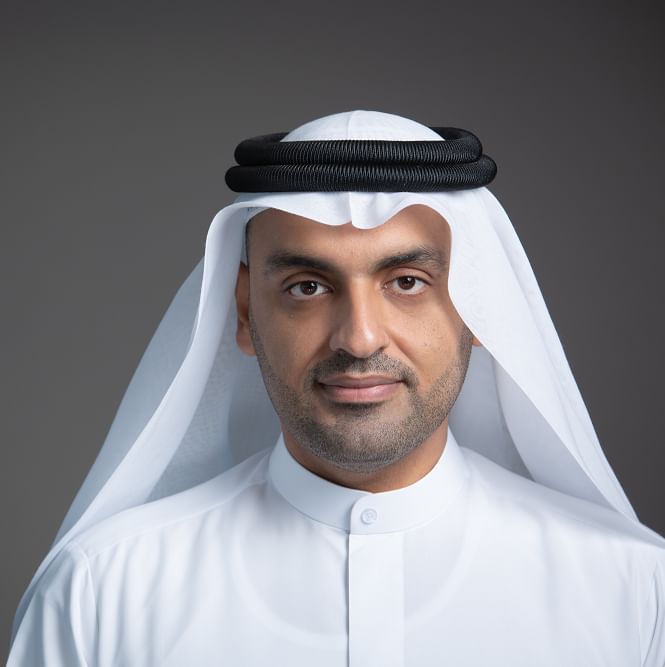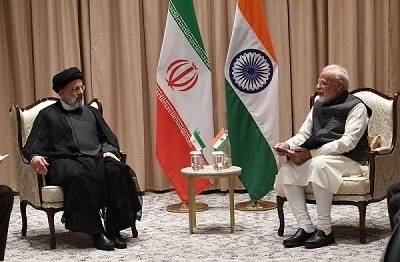The growing number of SMEs setting up in Dubai from countries around the world underlines the emirate’s importance as a key global hub for trade and investments….reports Asian Lite News
Dubai International Chamber, one of the three chambers operating under the umbrella of Dubai Chambers, has revealed that 32 percent of the total number of Small and Medium-sized Enterprises (SMEs) attracted to Dubai during 2023 were from the Middle East and Eurasia, with Asia and Australia following close behind at 29 percent.
The growing number of SMEs setting up in Dubai from countries around the world underlines the emirate’s importance as a key global hub for trade and investments.
The figures highlight the diverse range of SMEs from various nationalities and markets that the chamber has attracted to Dubai through its network of international representative offices around the world. Latin America and Europe accounted for 26 percent of the total number of SMEs attracted during 2023, while African markets represented 13 percent of the total.
The chamber also revealed that 17 percent of these SMEs operate within the trade and logistics sector. Additionally, 13 percent operate in the IT sector, specialising in areas such as artificial intelligence, blockchain, robotics, and software.
The food and agricultural sector ranked third, accounting for 10 percent of the total number of SMEs attracted. Healthcare and pharmaceuticals followed with nine percent of the total, while the public services sector came fifth, representing seven percent of the SMEs attracted. The financial services sector, which includes banking, asset and wealth management, fintech, insurance, and consulting firms, ranked sixth at six percent.
Real estate companies ranked seventh in terms of SMEs attracted, representing four percent of the total. The retail, fashion, travel, hospitality, and tourism sectors also accounted for four percent of the SMEs attracted.
Commenting on the figures, Mohammad Ali Rashed Lootah, President and CEO of Dubai Chambers, emphasised Dubai’s reputation on the global stage as a destination for high-value investments. He stated that Dubai’s competitiveness stems from the wise and forward-thinking vision of its leadership, the emirate’s business-friendly environment, the ongoing development of services, favorable legislation, and the diverse range of investment opportunities available.
Lootah added, “Our network of international representative offices in key global markets has effectively promoted Dubai’s business community and highlighted the emirate’s value for companies seeking global expansion. We remain dedicated to contributing to the objectives of the Dubai Economic Agenda (D33), with a primary focus on attracting foreign direct investments in both traditional and emerging sectors.”
Dubai International Chamber successfully attracted 104 SMEs to the emirate during 2023, achieving a remarkable year-over-year (Y-o-Y) growth rate of 550 percent. This impressive increase reflects the chamber’s ongoing contribution to achieving the goals of the Dubai Economic Agenda (D33), which aims to double the size of the emirate’s economy over the coming decade and consolidate Dubai’s position among the top three global cities.
The Dubai International Chamber operates 31 international representative offices, with 16 new offices launched in 2023. This growing network is part of the Dubai Global initiative, which seeks to establish 50 representative offices worldwide by 2030 to support efforts to attract international investments and companies to Dubai.
ALSO READ: Mothers’ Endowment Campaign Raises Dh770M




